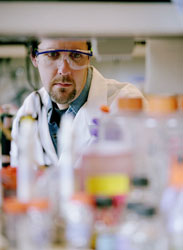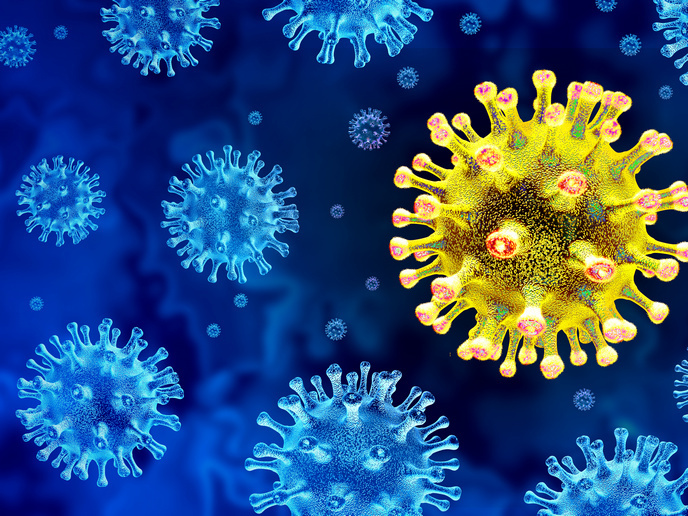Mining the oceans for cancer-fighting drugs
One objective of the MIRACLE project was to sift through the enormous marine microbial biodiversity to find new compounds that could potentially be exploited for medical purposes. Instituto Biomar in Spain, a member of the MIRACLE consortium, performed a series of advanced analyses in the laboratory to detect cytotoxic substances in samples collected during the project. Marine bacteria were fermented in broths and inspected with Mass Spectrometry (MS) dereplication via electrospray (both positive and negative) and atmospheric pressure chemical ionisation (both positive and negative). The aim was to remove already known compounds. The remaining, unknown compounds were subjected to additional fermentation and MS dereplication steps. Phase separation, increased volumes and different solvents were employed in order to encourage elevated growth rates. This led to enhanced isolation and identification of the target compounds. The Spanish scientists found steroids such as Ergosterol as well as cyanobacteria with promising levels of cytotoxicity, an important characteristic of cancer-fighting drugs. Instituto Biomar is examining patent-related issues for these and other compounds discovered during MIRACLE with a view towards commercial exploitation.







